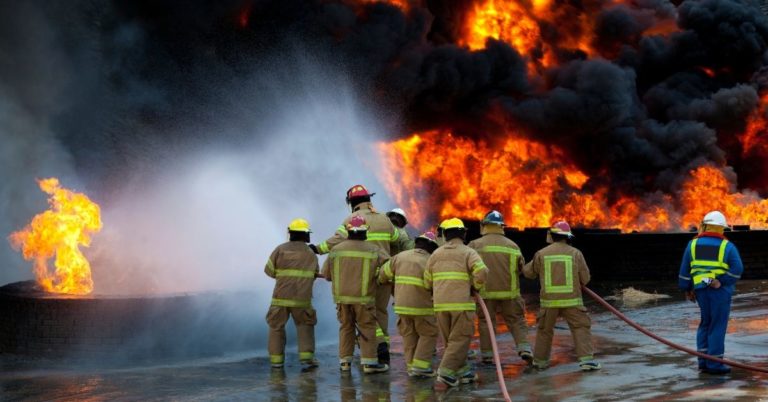When an individual with health insurance goes to the hospital, they typically expect most, if not all, of the costs of their treatment to be covered by insurance. When people receive a bill from the ambulance service that transported them to the hospital, they’re often shocked.
Insurance paid for the rest of their treatment, so why are they getting a bill for the ambulance?
The short answer is that insurance payouts for ambulances are typically well below the cost of providing the services. EMS companies report that reimbursement rates, for both private insurance and Medicare and Medicaid, have been stagnant.
Low insurance reimbursement rates for ambulances are driving EMS services out of business. Ambulance companies have to cover the cost of their services, so they have to charge individuals directly.
Broken Reimbursement Practices
A 2016 study from the Journal of the American Medical Association (JAMA), estimated that of the 14.6 million patients taken to the hospital in the previous year, 31% of those ambulance transports were billed to private insurers, 33% to Medicare, and 20% to Medicaid.
In other words, roughly half of all ambulance trips are billed to public insurance.
Medicare and Medicaid pay out at fixed rates. The precise rates vary by state, but generally Medicaid pays out less than Medicare and both pay out less than the full cost of services, leaving individuals to cover the rest.

In California, reimbursement rates have actually decreased. In the late 1990s, MediCal, California’s Medicaid program, paid out $135 for an ambulance trip. Today, the payout is just $111.
The Covid-19 pandemic has exacerbated the financial strain on EMS companies. With more people staying at home, ambulance calls have decreased. But ambulance companies still have to cover fixed costs: physical infrastructure like buildings, maintaining their fleet of vehicles, and paying first responders to be on call.
No Surprises Act
Partially in response to unexpected bills from ambulance companies, Congress recently passed the No Surprises Act. The bill mandates that insurance companies bill patients the same rates for out-of-network and in-network treatments. Under the new law, if a patient receives out-of-network treatment, the insurance company will pay the network what the insurance company deems a fair rate. If the network disagrees, they can enter into arbitration with the insurance company.
Thankfully, the federal government exempted ground ambulance services from the bill. Instead, they commissioned a study to examine the complex situation and determine how any potential legislation could affect ambulance companies.
Since the bill is so new, we don’t yet know how the arbitrations have played out. But there is reason to believe that they would not go in EMS’ favor. In-network payouts are much lower than the cost of providing the service, and insurance companies will be reluctant to pay much more than that. Even entering arbitration presents a significant cost for EMS companies.
A number of states are passing legislation that will channel more funds toward EMS services. Indiana passed a law this month that increases the Medicaid reimbursement rate, which has been the same in the state since 1976.
In Pennsylvania, House Bill 2434 proposes increasing the reimbursement rate for Medicaid to 80% of the Medicare rate. This would come after Pennsylvania successfully passed a bill in 2015 requiring private insurance companies to reimburse out-of-network ambulance companies.
In West Virginia, there is proposed legislation that almost doubles the Medicaid reimbursement rate, up to 110% of the Medicare rate, for almost 200,000 employees of state and local government covered by state-provided insurance. The legislation passed the State Senate unanimously and is now in the House.
Improving EMS Systems
Some are calling for a larger paradigm shift in our conception of the role EMS providers play in the healthcare system. The National EMS Advisory Council Committee produced a report in 2016 in which they stated that, “Acknowledging that not all patients require a trip to the [emergency department]…is an important step toward bringing financial stability to the industry and reducing overall health care expenditures. With the growing sophistication of EMS Systems, pilot programs have shown that EMS crews can deliver definitive care at the scene of the emergency, thus obviating the need for transport.”
EMS services are becoming more sophisticated and can treat a greater number of injuries onsite. This reduces the number of hospital visits, lessening the strain on the healthcare system and lowering costs for patients. However, without a hospital visit, there is no compensation for the ambulance company. Pennsylvania has already succeeded in changing this. A 2018 law requires insurance companies to reimburse EMS companies for on-site treatment.
We need first responders, so we need to improve how EMS services are compensated for the work they do. Without them, who would be there to help us in our most dire moments?
Image Credit: Photo by Yassine Khalfalli on Unsplash





